WTK Teen Hannah visits the Historical Carnton Plantation, Franklin, TN
Carnton Plantation
This month I had the opportunity to visit the historical home called the Carnton house in Franklin, Tennessee. The Carnton Plantation was built in 1826 and was used as a hospital during the civil war.
It was built by Randal and Sarah McGavock. Their plantation consisted of 1,420 acres. During this time, Nashville was a big political center and many important people visited Carnton with the most famous being Andrew Jackson.
John McGavock inherited the plantation after his father died. He expanded the plantation and in 1848 he married Carrie Winder. Together they had five children with only two surviving to adulthood.
On November 30, 1864, Carrie was standing on her porch as she saw 19,000 soldiers from the Army of Tennessee walk by on her property. They were going to the entrenched Federal Army. Rev. Thomas Markham rode up to Carrie to ask her a very important question. He informed her that a battle was going to take place near there but not damage her home or plantation and he asked her if they could use the home as a hospital. Without hesitation she immediately said yes.
Hundreds of wounded confederate soldiers were sent to Carnton for care. Carrie began to make bandages out of her expensive curtains and sheets by winter the entire house was filled with soldiers. There was hardly any space that wasn’t filled with a wounded man. Carrie and her children stayed in the small space on the other side of the house to make more room for the soldiers. Carrie worked very hard to care for all the men and many were calmed by her presence. You can still see the blood stains in the floors from all the men that were there. A confederate cemetery was made in 1866 for 1,481 that died during the Battle of Franklin. A book was given to Carrie McGavock that had a record of all the soldiers buried there.
The Carnton Plantation tells the amazing story of a wealthy family that selflessly gave up their home and years of their lives to care for the Confederate soldiers.
WTK HISTORY MYSTERY GUEST IS!
Mrs. Jill VanLew of Indiana
Reflections Of The Past
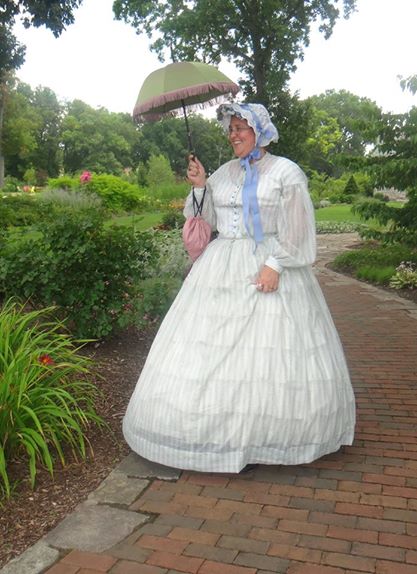 “Hannah you did a great job! How wonderful you were able to travel to this historic home. I hope to be able to visit one day myself!”
“Hannah you did a great job! How wonderful you were able to travel to this historic home. I hope to be able to visit one day myself!”
Reflections Of The Past was born in 1981. Jill was still in high school when she began performing these shows. She has continued to perfect her shows and work on bringing new and interesting programs to the public. Jill is a native to Northern IN and has been a lifelong resident. She has been reenacting for over 30 years and studying and researching costumes and history. Jill met Hawk in 2006 and they married in 2008 with a Civil War wedding! Hawk has lived in several states and was ‘adopted’ into the Lakota-Sioux tribe in Wyoming. Hawk has skills in knife and tomahawk throwing taking a first, second and third in competitions.
They have now combined their talents to bring several programs to the public.
THE CARTER HOUSE AND THE CARNTON PLANTATION
History
The small town of Franklin, Tennessee had been a Federal military post since the fall of Nashville in early 1862. Late in the summer of 1864, Confederate President Jefferson Davis replaced Gen. Joseph E. Johnston with Gen. John Bell Hood. Hood, a West Point graduate, had won acclaim for his achievements in Robert E. Lee’s Army of Northern Virginia. He had also suffered a grievous wound to his left arm at Gettysburg and his right leg had been amputated near the hip after being shot at Chickamauga. After the fall of Atlanta in early September 1864, Hood began formulating plans for an invasion of Middle Tennessee, with the goal of recapturing Nashville and prolonging the war. Hood and his Army of Tennessee, over 30,000 strong, moved up through northwest Georgia, northern Alabama, and crossed the Tennessee River at Florence. His hardened veterans, screened by Gen. Nathan Bedford Forrest’s cavalry, pushed north toward the fertile hills and valleys of Middle Tennessee on November 21, 1864.
Meanwhile, two army corps were detached from Gen. William T. Sherman’s armies in Georgia and sent back to defend Nashville and Middle Tennessee. Gen. George H. Thomas was also dispatched to Nashville to assume overall command. The Fourth Corps, commanded by Gen. David S. Stanley, moved first and entered Tennessee in the first days of November. The Twenty-Third Corps, commanded by Gen. John M. Schofield, moved into Tennessee in mid-November. Gen. James H. Wilson, was placed in command of the cavalry. As Hood’s troops moved into Tennessee some 27,000 Federal troops were positioned between Pulaski and Columbia prepared to contest the Confederate invasion. At Nashville, Thomas had barely 8,000 men available to defend the city.
After several days of maneuvering, during which Hood and his troops nearly cut the Federal army’s route of retreat at Columbia and Spring Hill, fate and circumstance placed Franklin in the path of two great armies. Federal troops arrived at Franklin around dawn and, because the bridges spanning the Harpeth River north of town were impassable, engineers laid out a defensive position south of town and the blue clad soldiers began throwing up earthworks. At the same time, after discovering that the enemy troops had slipped away during the night, the Confederates began marching north from Spring Hill.
Gen. Jacob D. Cox set up his headquarters at the Carter House, located just south of Franklin and on the west side of Columbia Pike, after waking the family around sunrise. Fountain Branch Carter, a widower, had lived in his modest brick home for some thirty-five years. At the time his farm consisted of 288 acres which produced a variety of crops, including corn, grain, and cotton. A total of twenty-eight slaves lived and work on the farm with the Carter family. The Carter cotton gin was located 100 yards southeast of the house and would become the most recognized landmark on the battlefield.
Gen. Cox was given the responsibility of overseeing the construction of the defensive position. The main line of works were located about 260 feet south of the house. The line, as it moved west, soon began arching back to the northwest, following the curve of the slight hill on which the Carter House is located. An interior line of works was also constructed. To the east of Columbia Pike the main line bent slightly southeast so that the cotton gin was inside the breastworks and then the line straightened and continued to the east. By around noon the bulk of the Federal army was in place and plans for an evacuation were already in the works. Within a couple of hours Schofield had issued orders for the withdrawal from Franklin to begin at 6 p.m. under cover of darkness.
The Confederate troops began to arrive on the southern edge of the Harpeth Valley around 1 p.m. Within about an hour Hood had decided to launch a frontal assault, believing that Franklin would be his last genuine opportunity to destroy Schofield before he escaped yet again.
A brief conference was soon held at the Harrison House where strong objections were voiced by some of Hood’s subordinates. Gen. Frank Cheatham, Gen. Patrick Cleburne, and Forrest were among those who spoke of their concerns about such an attack. But Hood would not be dissuaded. Time was of the essence and whatever daylight and opportunity remained was fast slipping away. The same could be said of the Confederacy’s attempt at independence. It was a desperate time and the frontal attack which soon commenced would truly be the last great drama of the war. Emotions were running high. As Cleburne mounted his horse, Hood repeated the orders. Cleburne responded, “I will take the works or fall in the attempt.”
The battle began at 4 p.m. with roughly 20,000 Confederate soldiers moving forward toward a similar number of Federal troops. The attack itself was far bigger than Pickett’s Charge at Gettysburg. The two armies came into close contact shortly before 4:30 p.m. and the fighting soon became brutal and fiendishly savage. With the sun down shortly after the two sides fully engaged it was dark by just minutes after 5 p.m. When recollecting the battle years later one man said simply, “It was as if the devil had full possession of the earth.”
During the awful hours as the battle raged and swirled around them, the Carter family took refuge in their basement. Some two dozen men, women, and children, including Albert Lotz and his family from across the pike, waited as the horrors of war seemed to almost engulf them. Fountain Branch Carter had years earlier watched as all three of his surviving sons went off to fight for the Confederacy. The middle son, Tod, had not been home for three and a half years and was serving as an aide for General Thomas Benton Smith during the Battle of Franklin. He was mortally wounded during the fighting and his body was found the next morning and brought by his family back to the house. Surrounded by his father, one brother, sisters, and nieces and nephews, Tod died at home two days later.
At around midnight the Federal army began a careful withdrawal from the battlefield and in short order the Northern troops were en route to Nashville. Left behind was a small town and a battered Confederate army. Altogether, some 10,000 American soldiers became casualties at Franklin and about three-fourths of that number were Confederates. About 2,300 men died, some 7,000 were wounded, and roughly 1,000 were taken prisoner.
By the end of 1865, the Federal government had removed the bodies of the Federal dead and moved the bodies to the National Cemetery at Murfreesboro. In the spring of 1866, the McGavock family donated two acres near their home, Carnton, to establish a Confederate Cemetery where the remains of 1,481 Confederate soldiers were laid to rest.
The Carter House was purchased by the State of Tennessee in 1951 and it was first opened to the public in 1953. Today it is managed, along with Carnton, by the Battle of Franklin Trust and is dedicated to the Carter family and all of the Americans who fought in this battle. Their legacy is our mission.
Permission to re-post by Elizabeth – The Carnton Plantation Franklin, TN
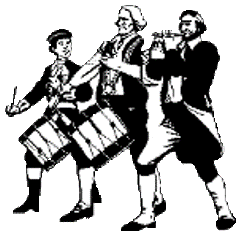 Indiana educators make your new school year Revolutionary !
Indiana educators make your new school year Revolutionary ! Coming to South Bend, IN - Jesse 1st Degree Black Belt wins *Gold* in Italy
Coming to South Bend, IN - Jesse 1st Degree Black Belt wins *Gold* in Italy4 Comments
Leave A Comment Cancel reply
Recent Posts
Jimmy Carter’s Legacy: A Testament to Faith and Leadership
In Remembrance of President JIMMY CARTER: As Americans, we stand together in remembering the extraordinary life and legacy of our 39th President Jimmy Carter. He is known as a man of profound faith, […]
Christmas Kindness from Charity Helps Two Asheville Veterans
This Christmas season (2024), Two veterans from Asheville are experiencing the warmth of community support, thanks to the efforts of ABCCM and the Veterans Restoration Quarters. The assistance provided has been a beacon of hope […]
Episode 03: WTK Liberty Players and ‘The Britfield & The Lost Crown’ Radio Show | C. S. Lewis
Experience the captivating ‘Britfield and the Lost Crown’ radio show, presented by We The Kids Liberty Players. Explore themes of family, courage, and history in an engaging storytelling adventure featuring guest appearances by historical figures […]
Episode 02: WTK Liberty Players and ‘The Britfield & The Lost Crown’ Radio Show | Charles Dickens
Experience the captivating ‘Britfield and the Lost Crown’ radio show, presented by We The Kids Liberty Players. Explore themes of family, courage, and history in an engaging storytelling adventure featuring guest appearances by historical figures […]
Episode 01: WTK Liberty Players and ‘The Britfield & The Lost Crown’ Radio Show | Jane Austen
Experience the captivating ‘Britfield and the Lost Crown’ radio show, presented by We The Kids Liberty Players. Explore themes of family, courage, and history in an engaging storytelling adventure featuring guest appearances by historical figures […]
Ann M. Wolf “Blessed are the Ones” – Remembering 9/11/2001
September 11th, 2020

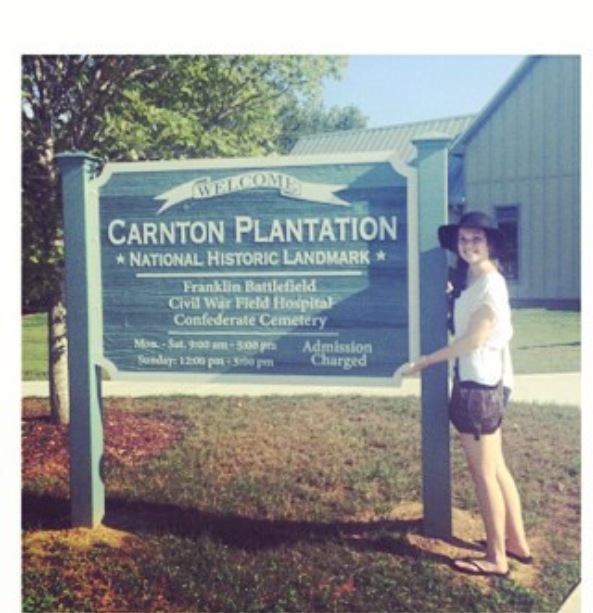
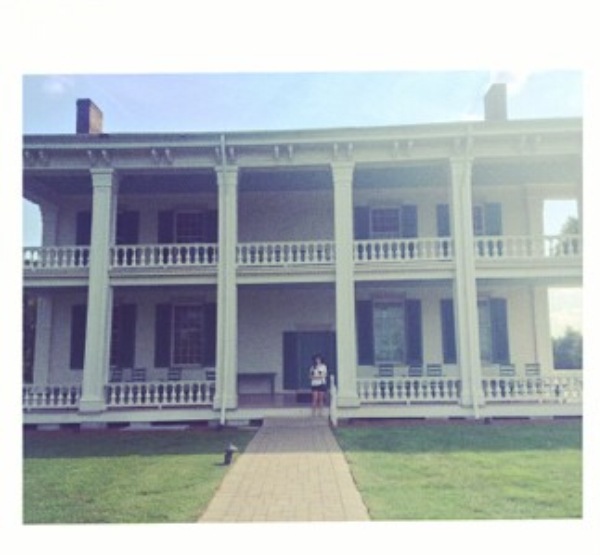
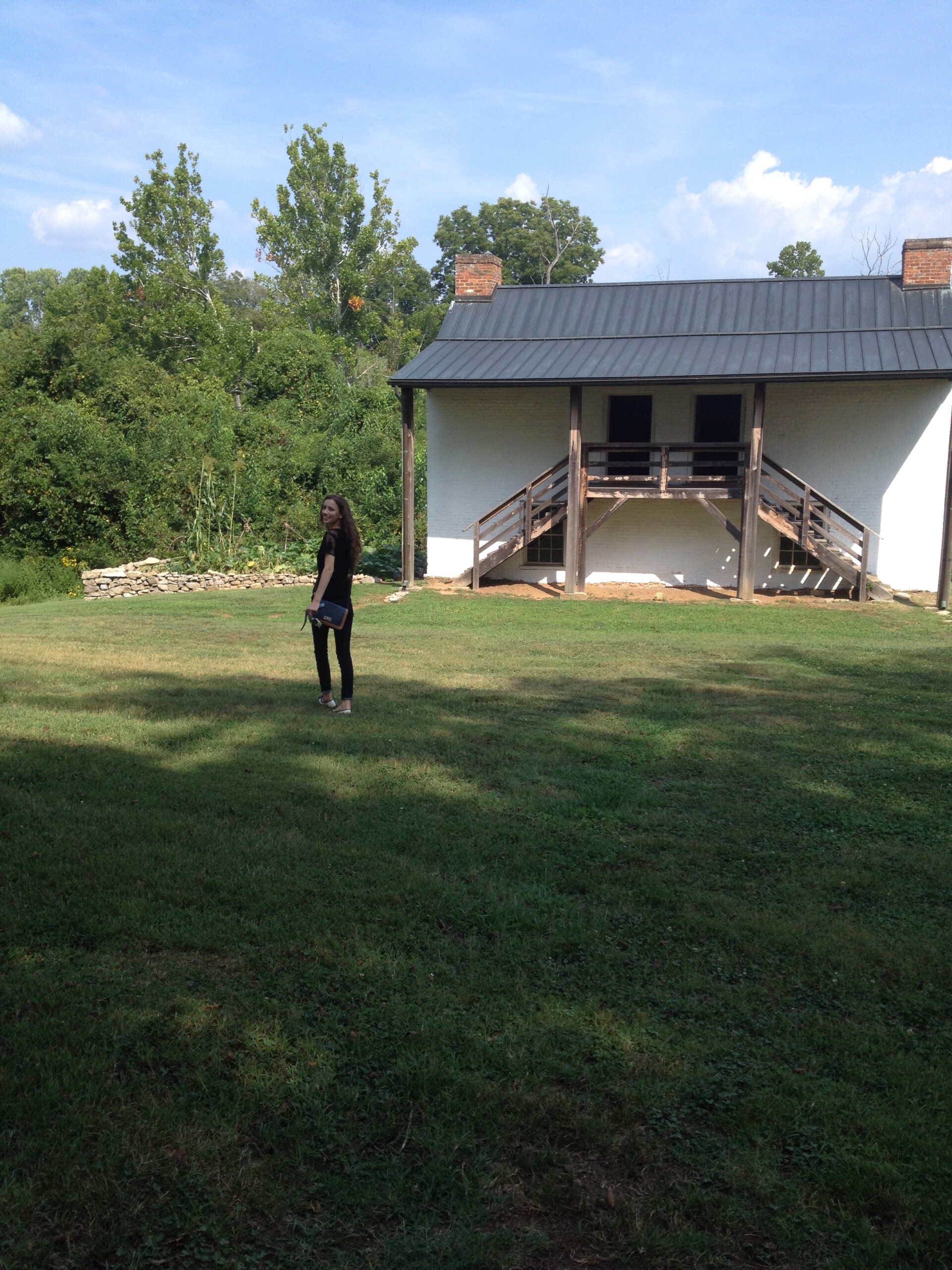
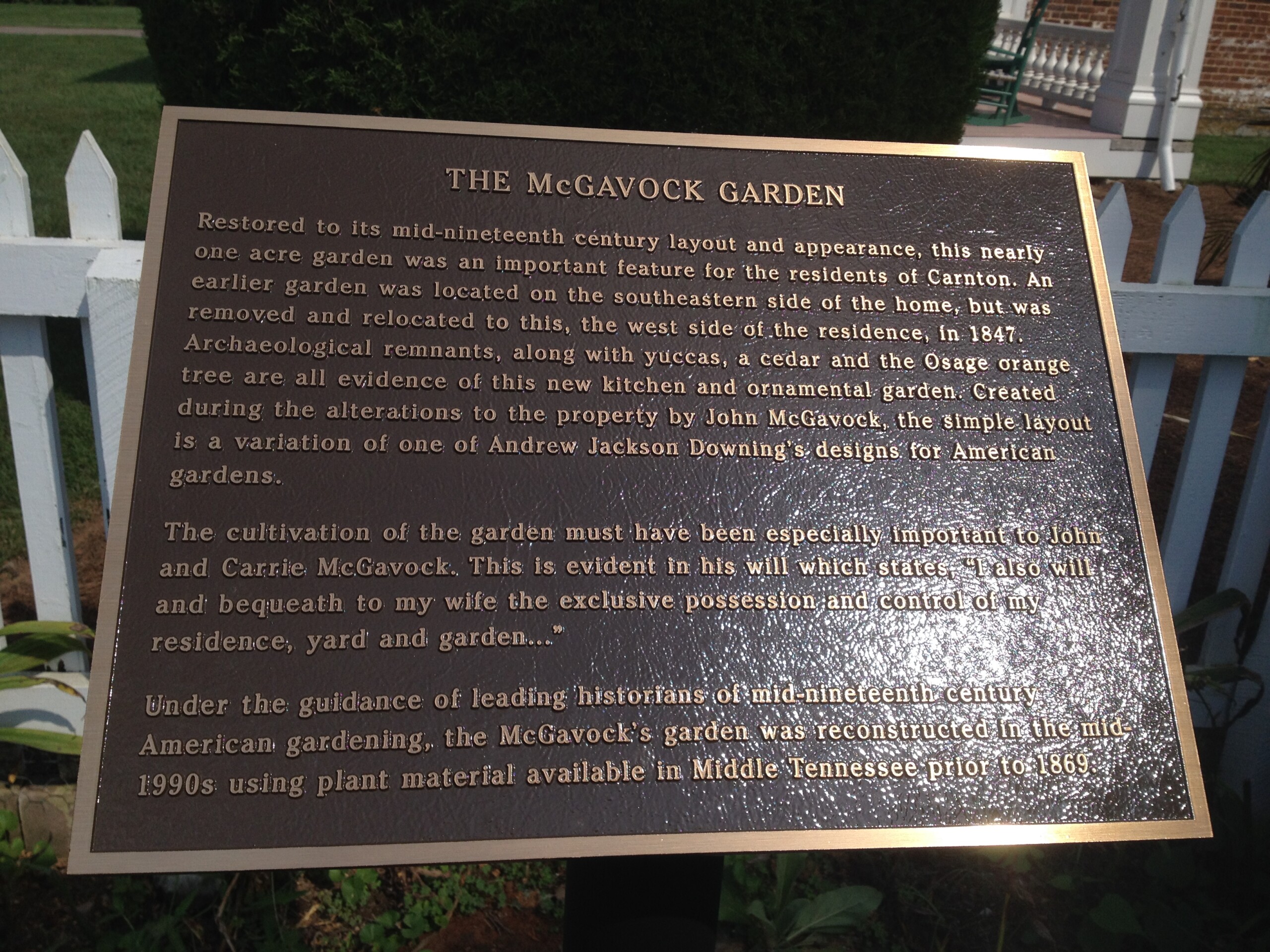
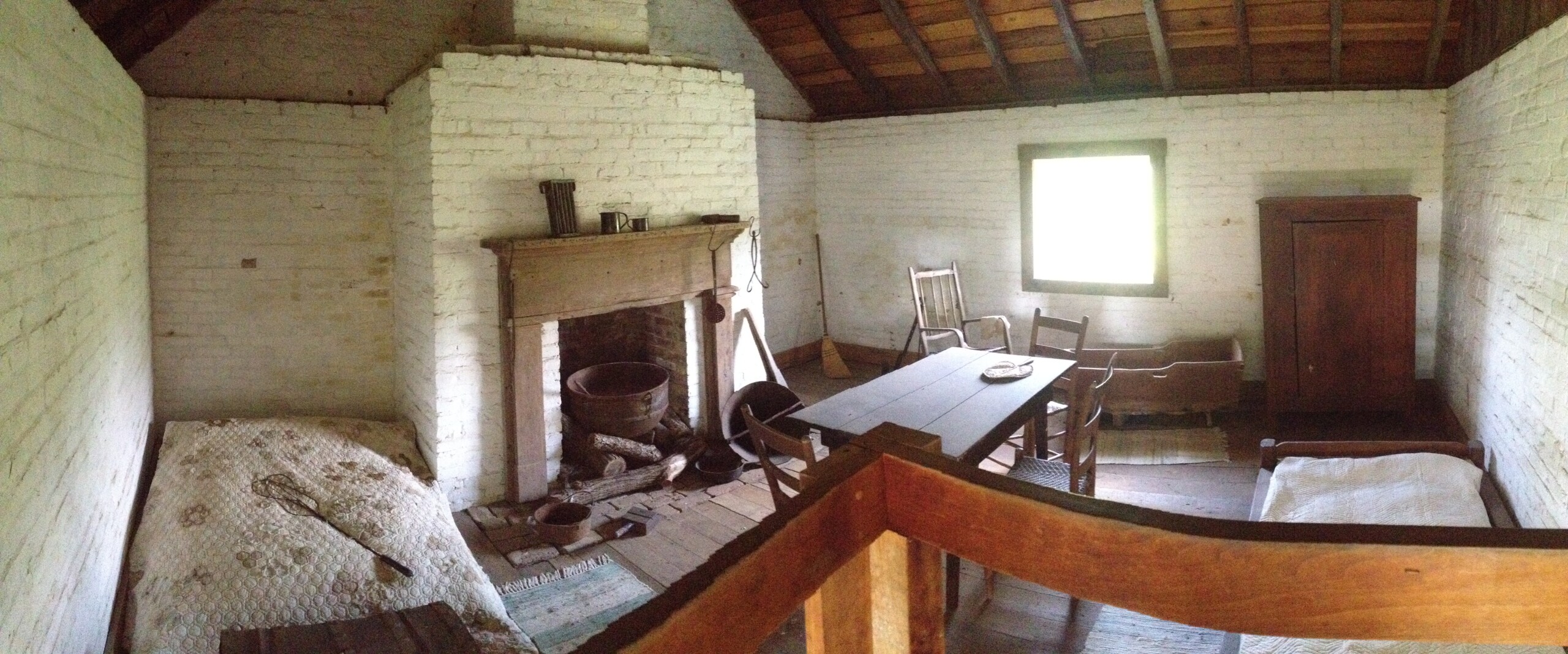
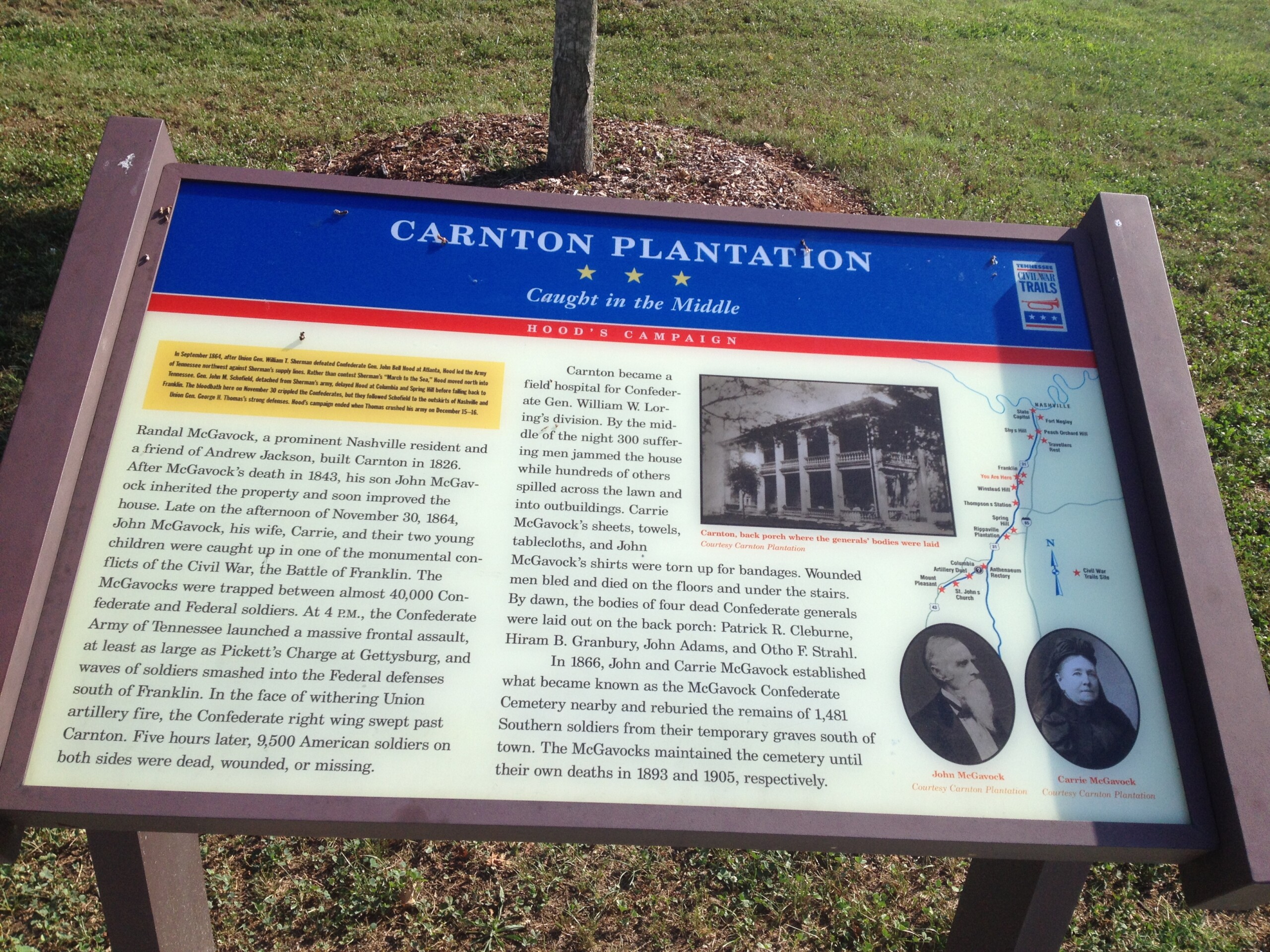
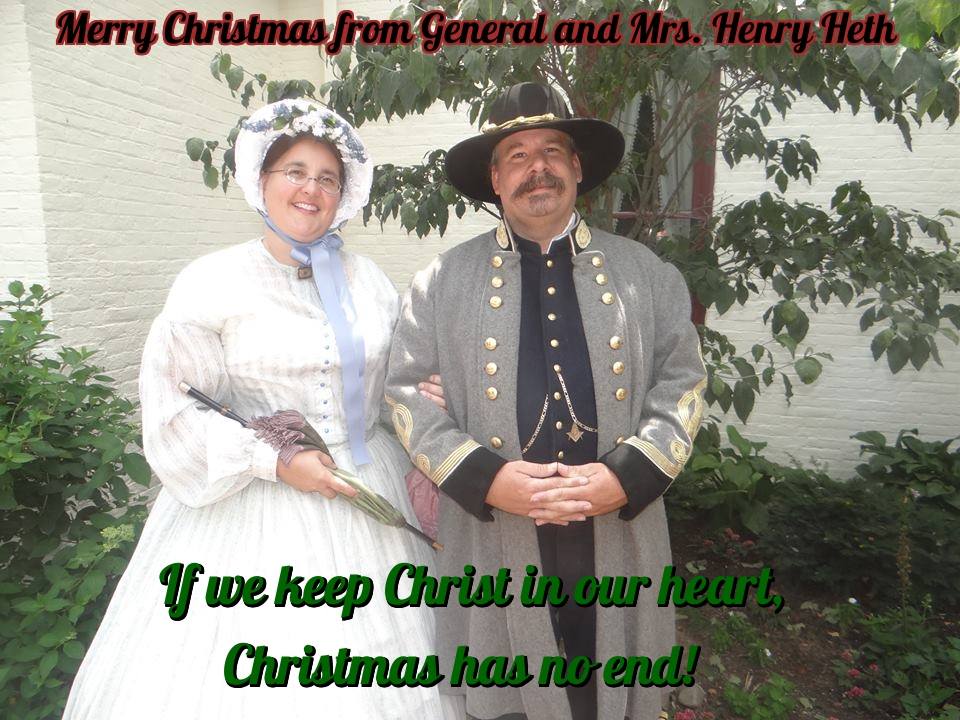
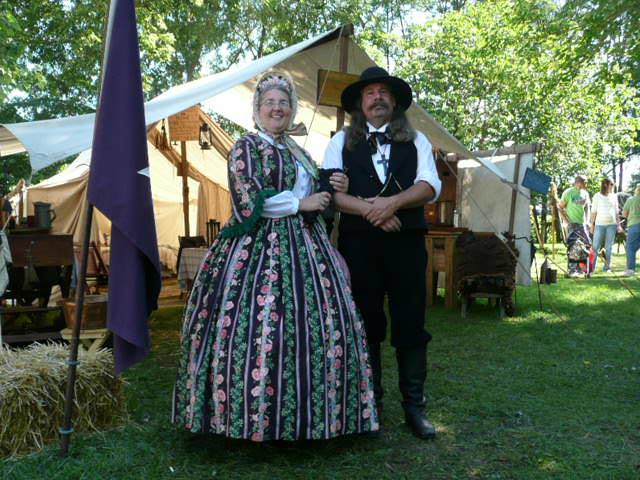
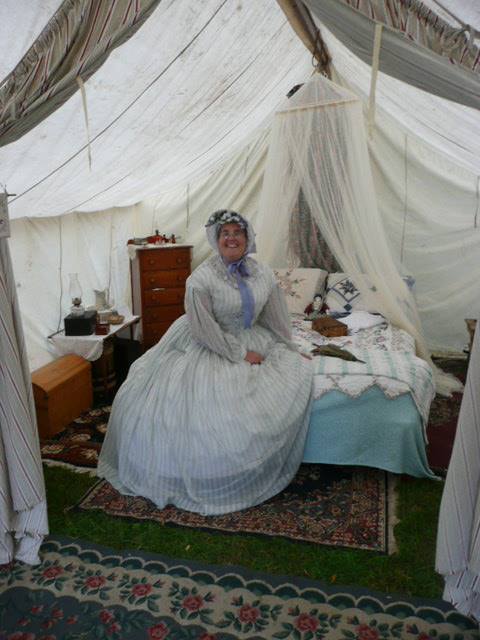
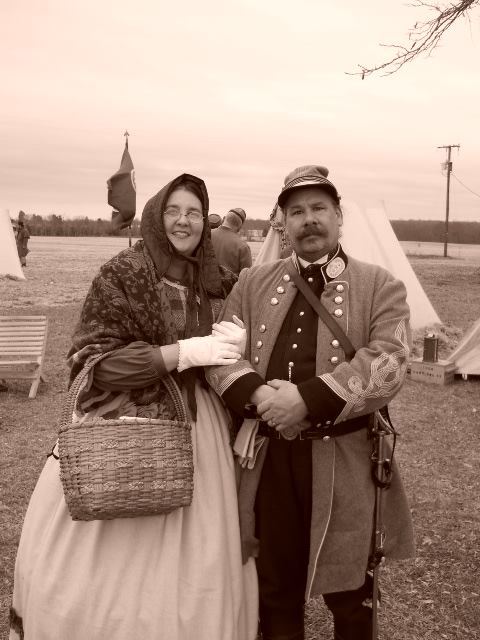
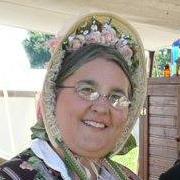
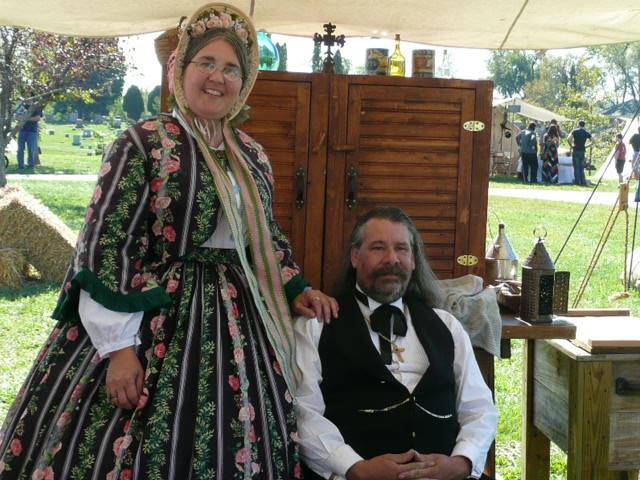
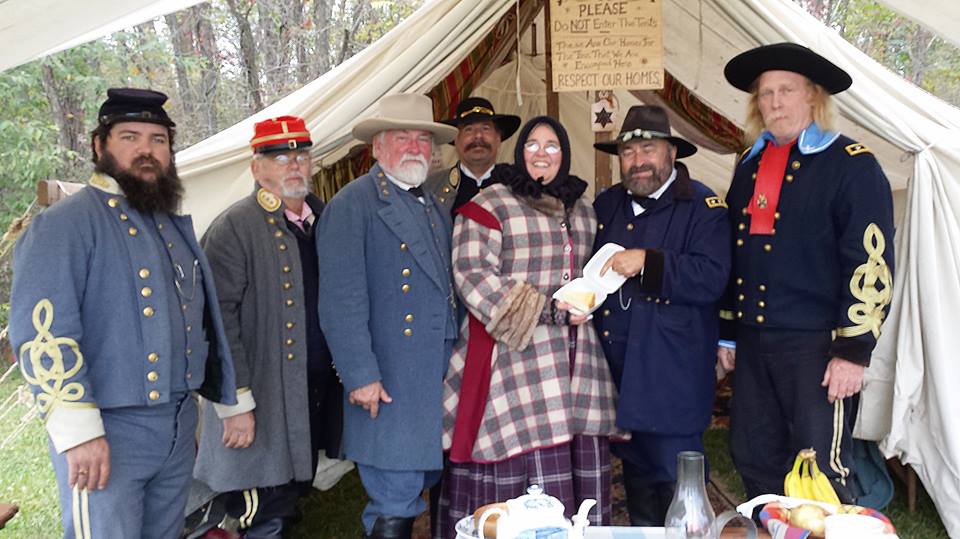
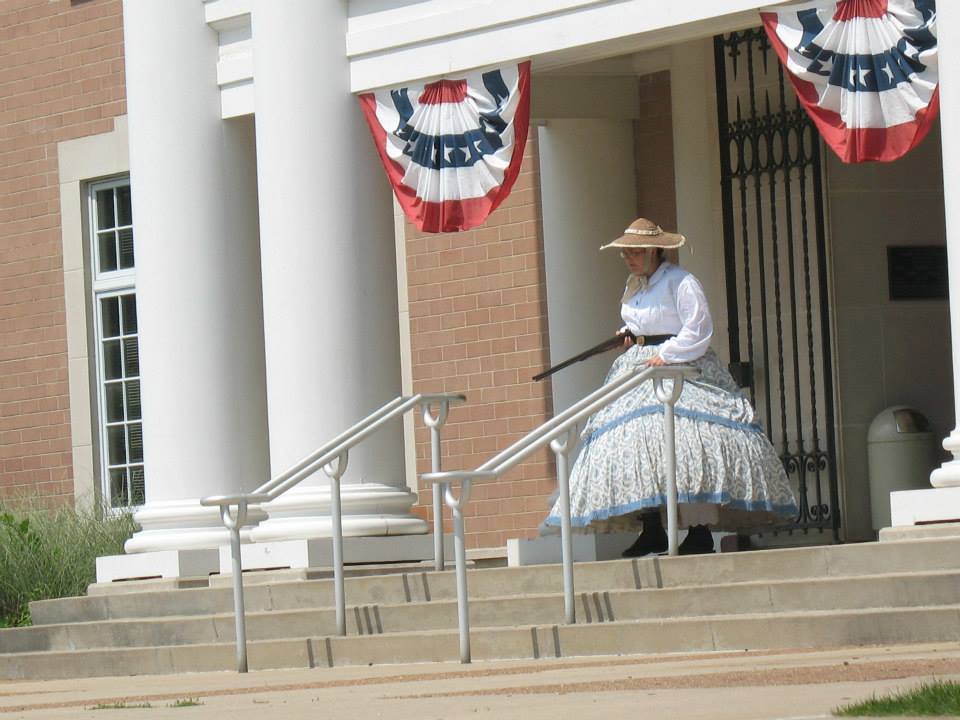







Thank you for your visit Hannah. I can see that you have a passion for history. This is a story that should be retold for generations to come. We appreciate you writing about this great site where not only there was sacrifice of the soldiers who fought in the Battle of Franklin but the McGavock family as well. What a wonderful way to continue their memory. Best of luck to you Hannah and we hope to see you again in the future.
Great job, Hannah! Thank you for visiting Carnton Plantation!
Thank you Hannah for sharing your visit to Carnton Plantation with us. It is great to see kids across the country sharing a bit of their local histories with us!
Thank you for an interesting and informative report.